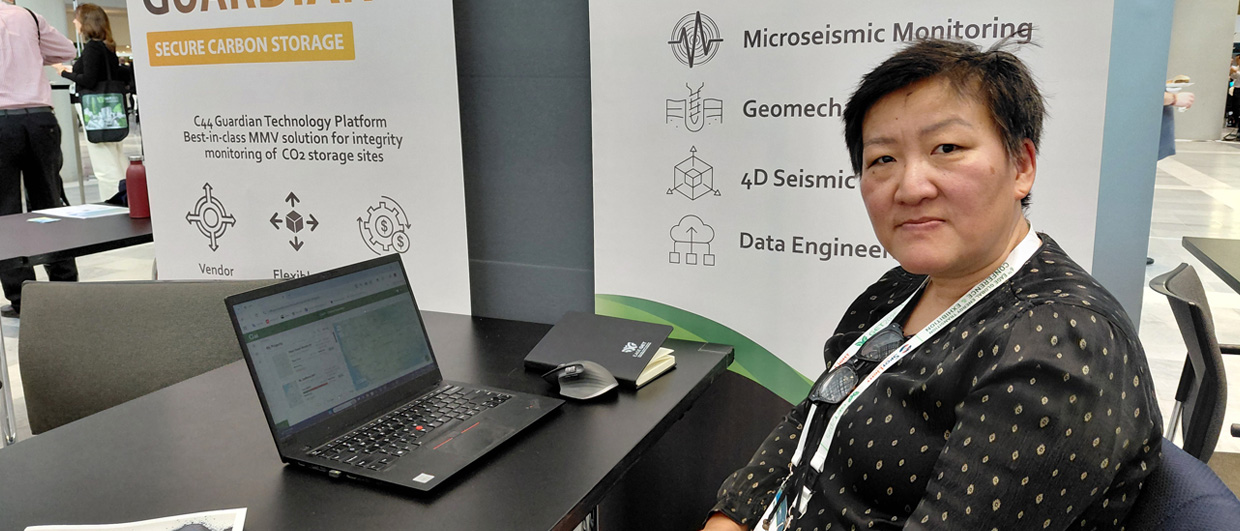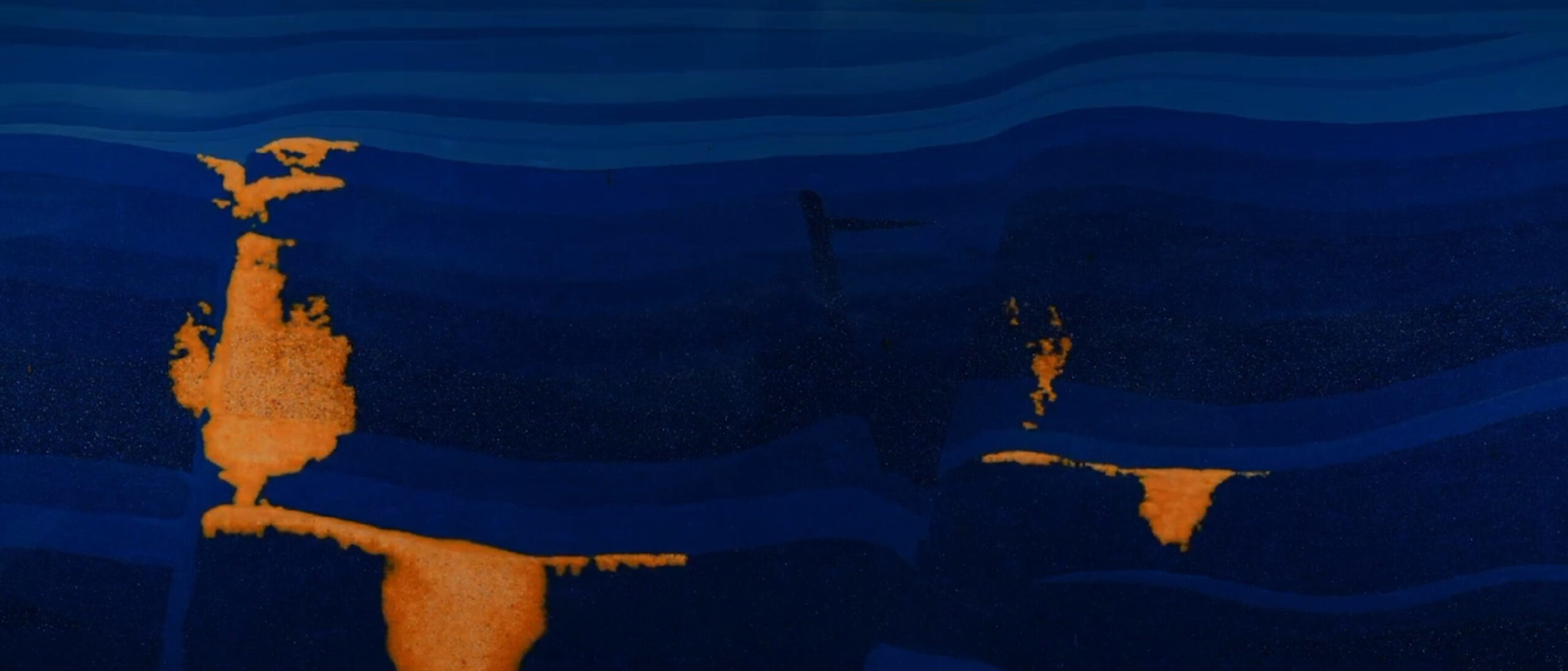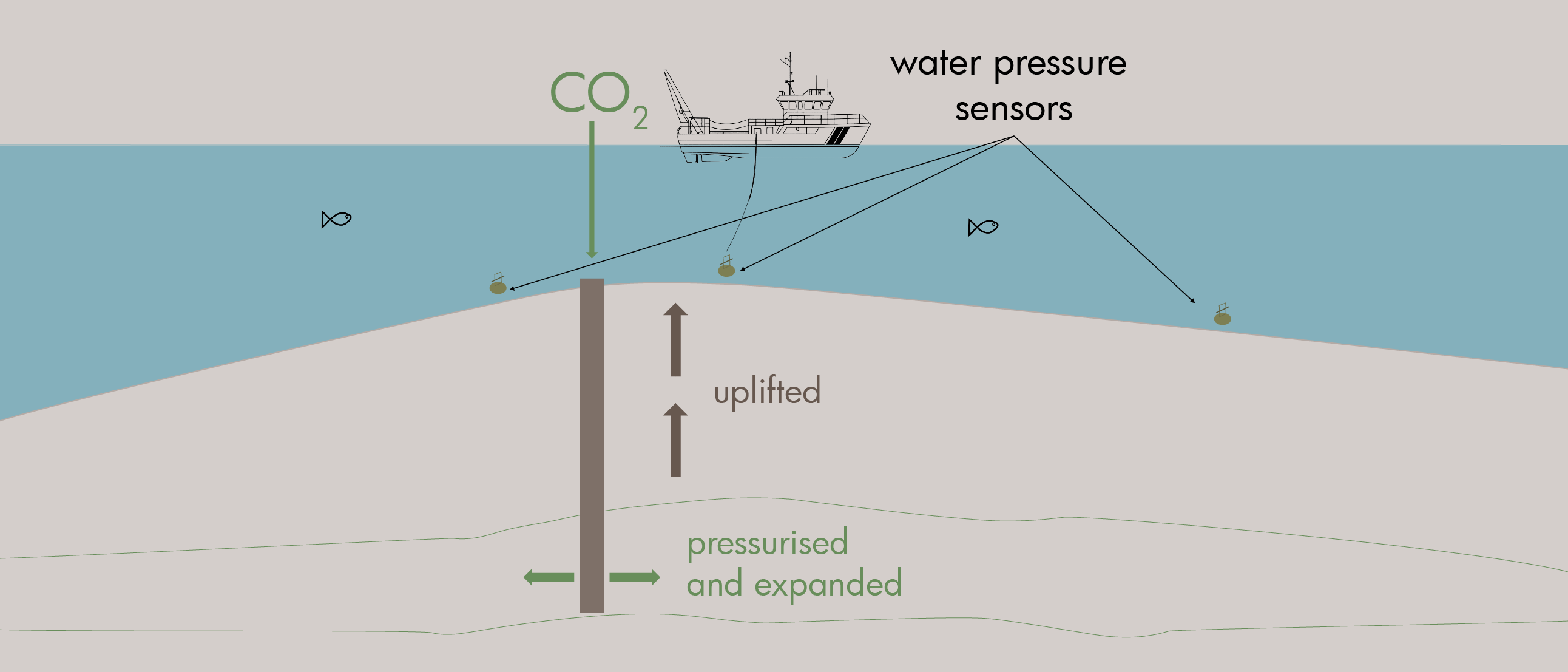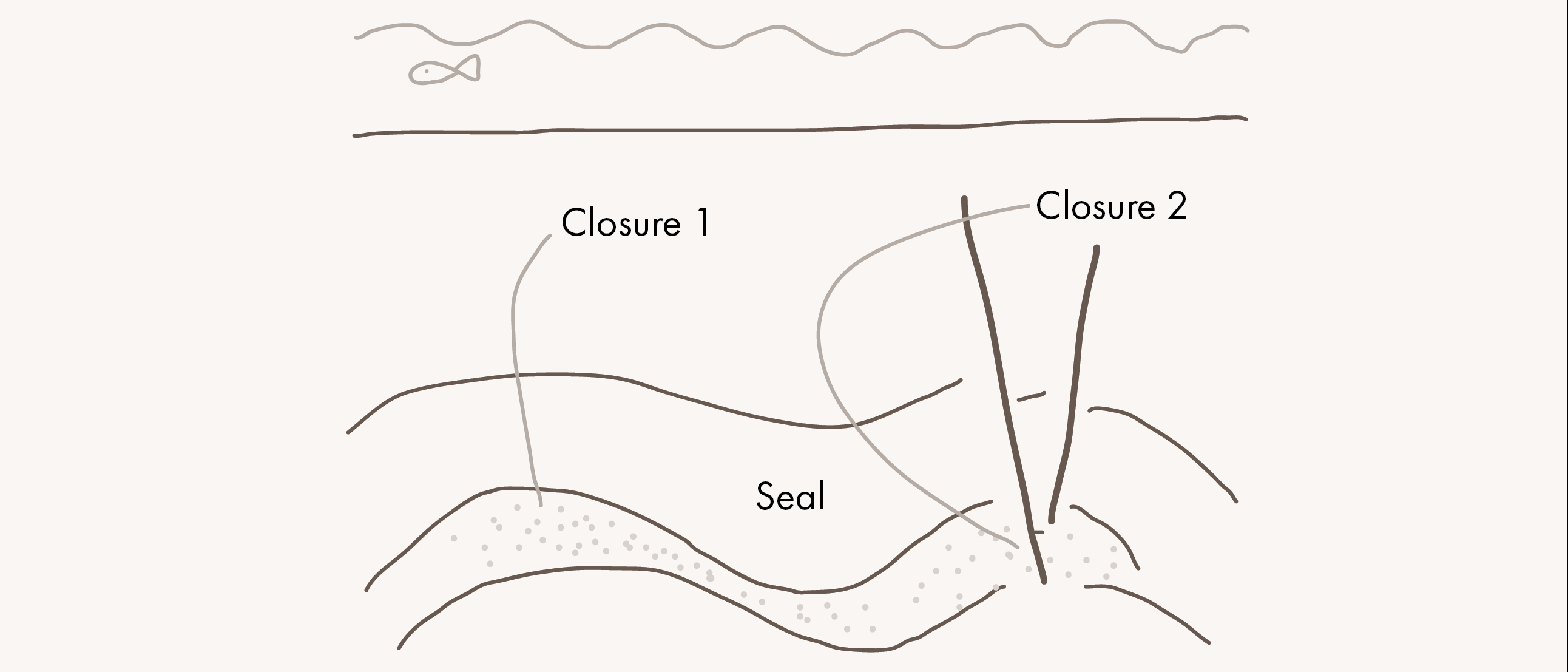Monitoring strategies for offshore Carbon Capture and Storage (CCS) cannot simply replicate those used in the oil and gas industry, which often rely on 4D seismic methods. Regulations mandate monitoring throughout the project’s entire lifespan, including decades post-closure. The economic sensitivity of CCS projects implies a need for cost-efficient solutions, making expensive high-resolution methods like seismic less financially viable too.
Operationally, the presence of other infrastructure, such as wind farms, complicates the systematic surveying required for seismic monitoring. Additionally, 4D signal detectability can be low when CO2 is injected into depleted gas reservoirs due to the weak seismic contrast with the preexisting residual gas. Feasibility studies indicate that in some cases, it could take decades to achieve detectable 4D seismic signals.
PROMISING RESULTS AT MORECAMBE FIELDS
Recent modeling for the Morecambe fields in the UK shows promising results for the feasibility of time-lapse gravity and seafloor deformation monitoring. The results demonstrate significant and robust time-lapse gravity signals after one year of injection, indicating an excellent capability to delineate the CO2 plume. Additionally, measuring seafloor uplift shows potential for mapping the pressure plume, which is the area of the reservoir and surrounding aquifers experiencing a pressure increase due to CO2 injection. Delineating the pressure plume is crucial in areas with nearby fields or abandoned wells.
The results from feasibility studies for the North and South Morecambe depleted gas fields highlight the potential of a broad application of this technology. This offers a viable path forward for monitoring CO2 storage sites in a sustainable and cost-efficient manner, overcoming the operational limitations of 4D seismic. Adopting such innovative technologies will be critical to meeting regulatory requirements while ensuring the long-term success and economic viability of CCS projects.
This has led to growing interest in an alternative, less mainstream monitoring technology: Time-lapse gravity and seafloor deformation monitoring. This mature technology has been commercially used for 25 years in Norway to fully replace or complement 4D seismic in gas-producing reservoirs.
The technology involves tracking changes over time at predefined seafloor locations of two magnitudes. The first magnitude is the gravitational field, which provides information about mass changes and fluid flow in the reservoir. The second magnitude is water pressure, which is processed over time to measure vertical seafloor deformation. Vertical seafloor deformation indicates reservoir compaction (seafloor subsidence) or expansion (seafloor uplift).
The technology achieves an accuracy of 1 µGal for time-lapse gravity changes and 2 mm for depth changes. A 1 µGal accuracy is three orders of magnitude better than that obtained for exploration applications. With an accuracy of 2 mm, this technology offers the most precise measurements of vertical seafloor deformation over large areas.





